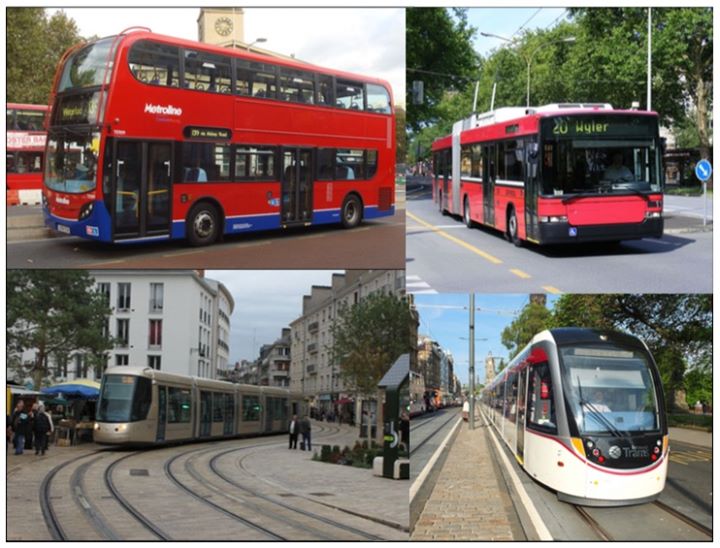- Download the draft principles here: http://www.getwellymoving.co.nz/assets/Documents/FINAL-principles.docx
The Save the Basin Campaign has welcomed the draft principles for assessing potential Wellington transport solutions developed by the Ngauranga to Airport Governance Group. Save the Basin, which was part of the successful campaign against a proposed Basin Reserve flyover, said that the principles showed the flyover proponents appeared to have learned important lessons from the failed flyover proposal.
Save the Basin Campaign spokesperson Tim Jones said “It’s great that at long last the New Zealand Transport Agency and its partners are considering the impact of roading projects on Wellington’s livability, heritage and environment. Wellingtonians have spoken strongly about keeping the compactness and walkability of our city and not having it ruined by motorways. If the Transport Agency had adopted these principles earlier, they would never have proposed a Basin Reserve flyover in the first place.”
“The flyover proposal was all about cars and trucks, with everything else relegated to an afterthought, but the new principles take a much wider view of what transport projects need to achieve. They recognise that transport projects need to improve rather than worsen environmental outcomes for the city and the region, including greenhouse gas emissions, and that such projects should minimise traffic in the CBD, respect the importance of Wellington’s character, heritage and natural environment, and improve resilience.”
“Previous proposals have been obsessed with building more roads in a self-defeating and futile effort to reduce congestion – an approach proven worldwide not to work – but these principles show that the agencies have been paying attention to modern transport thinking. They recognise Wellington City Council’s transport hierarchy, which puts walking, cycling and public transport at the top, and focus on improving journey time predictability.”
“We’re particularly pleased that these principles recognise that transport planning isn’t just about building more infrastructure. Transport behaviour change is just as important, and these principles acknowledge that transport demand management, and incentives to change modes, will be needed.”
But Tim Jones warned that a good set of draft principles didn’t guarantee good outcomes. “Community input has helped the Governance Group develop a good set of draft principles. But there is still a lobby out there that just wants to fill Wellington up with motorways, and so everyone who wants Wellington to have a modern, sustainable transport system that works for a modern capital city needs to keep up the pressure to ensure that these principles are fully reflected in the actual transport outcomes,” Tim Jones concluded.
